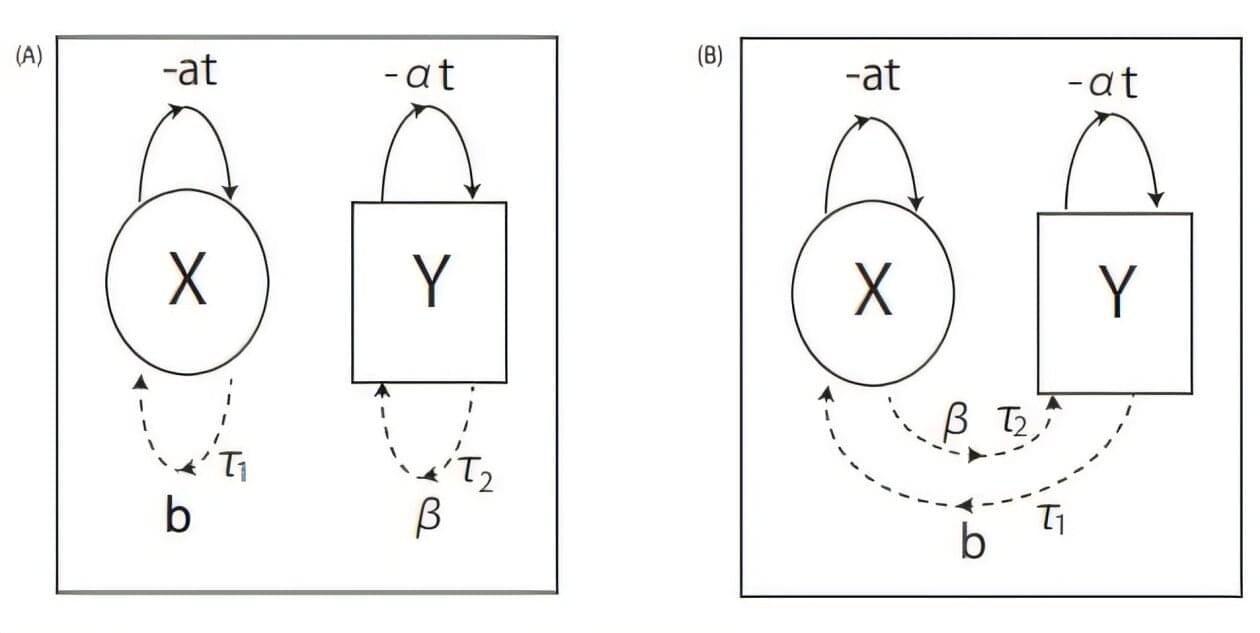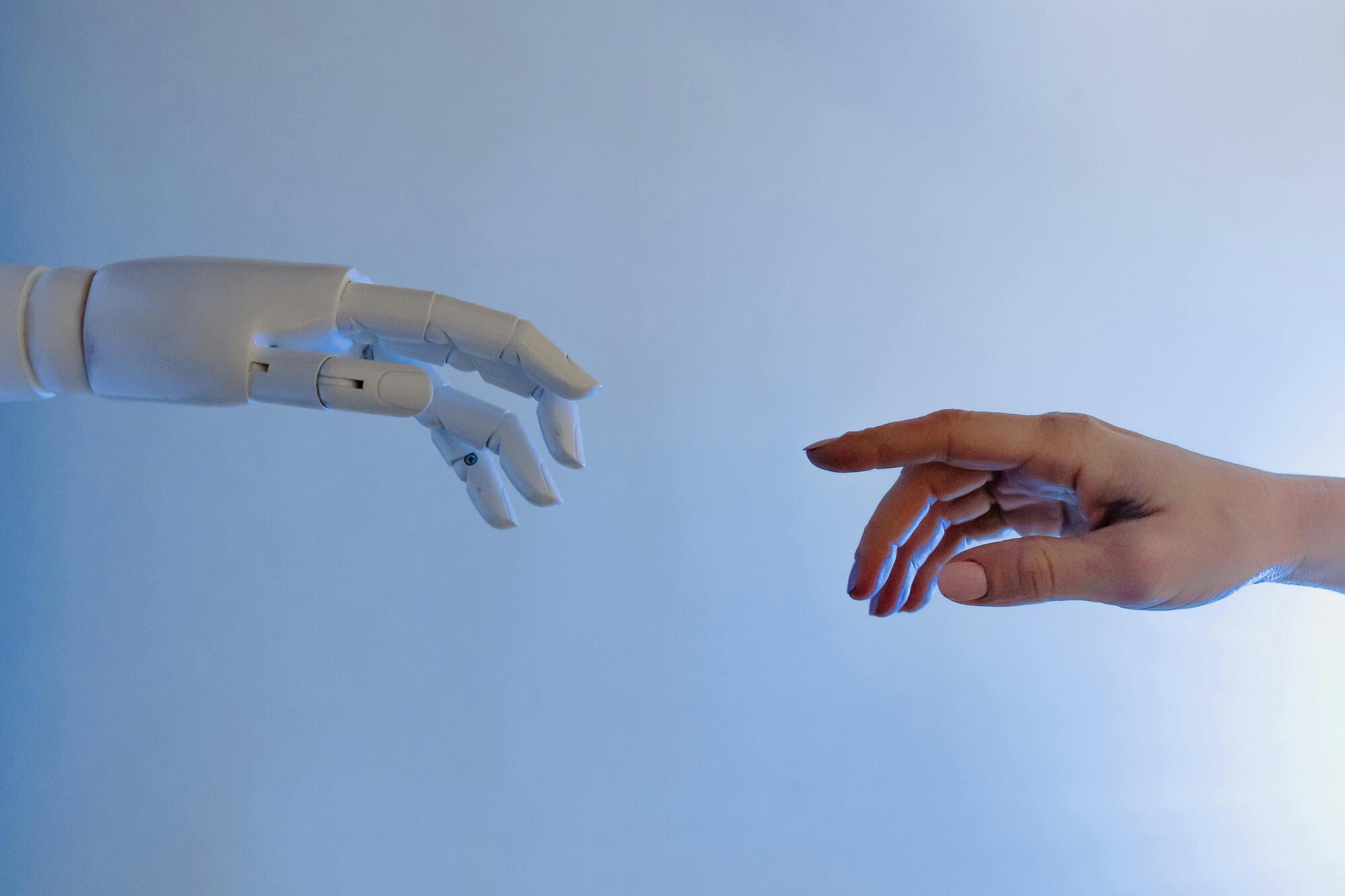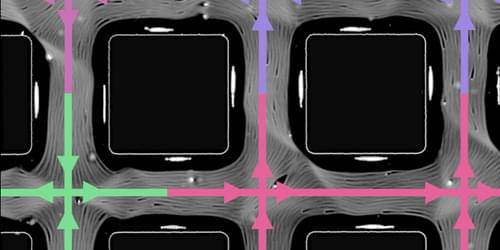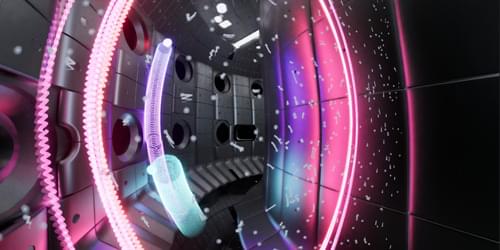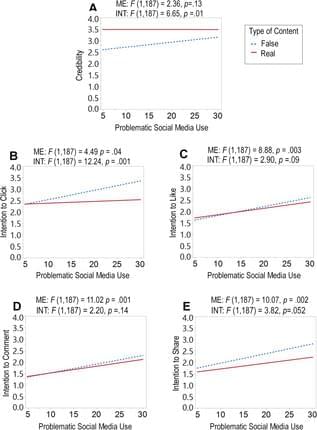Social media use is ubiquitous in our modern society, and some individuals display excessive, maladaptive use of these online platforms. This problematic social media use (PSMU) has been associated with greater impulsivity and risk-taking. Importantly, studies in healthy individuals have demonstrated that greater cognitive impulsivity is associated with a greater susceptibility to online “fake news.” Therefore, we hypothesized that PSMU would be associated with believing in and engaging with fake news. To address this, we conducted an online, within-subject experiment in which participants (N=189; female=102, male=86, prefer not to disclose=1; mean age=19.8 years) completed a fake news task. This task presented participants with 20 news stories (10 real and 10 false, in random order) formatted as social media posts. We assessed participants’ credibility judgments of these news posts, as well as participants’ intentions to click, like, comment, and share these posts. We also assessed participants’ degree of PSMU and then related this measure to their performance in our task. We conducted a repeated measures analysis of variance (ANOVA) with a mixed model approach, and it revealed that the greater one’s PSMU, the more one finds specifically false news credible. We also found that the greater one’s PSMU, the greater one’s engagement with news posts, agnostic to the type of content (real or false). Finally, we found that the greater one’s PSMU, the greater one’s intent to click on specifically false news. Our research demonstrates that individuals who experience the most distress and impairment in daily functioning from social media use are also the most susceptible to false information posted on social media. We discuss the clinical implications of our findings.
Citation: Meshi D, Molina MD (2025) Problematic social media use is associated with believing in and engaging with fake news. PLoS ONE 20: e0321361. https://doi.org/10.1371/journal.pone.
Editor: Stefano Cresci„ National Research Council (CNR), ITALY
